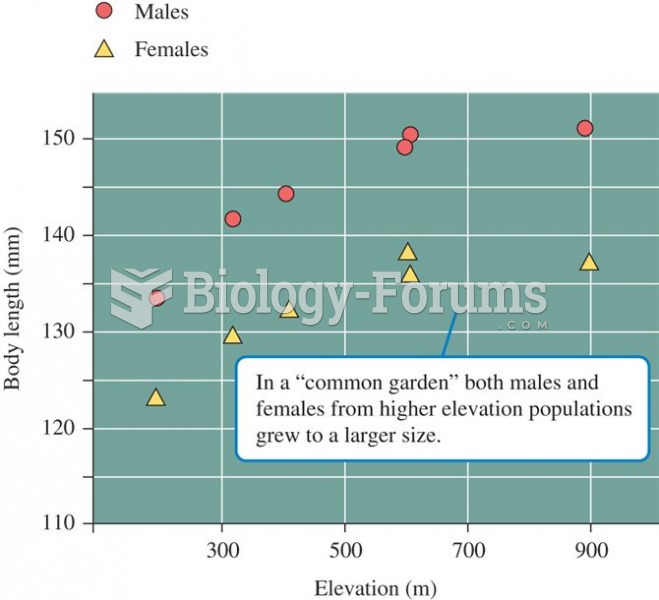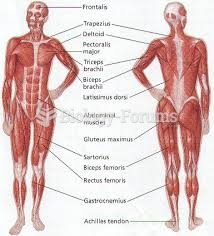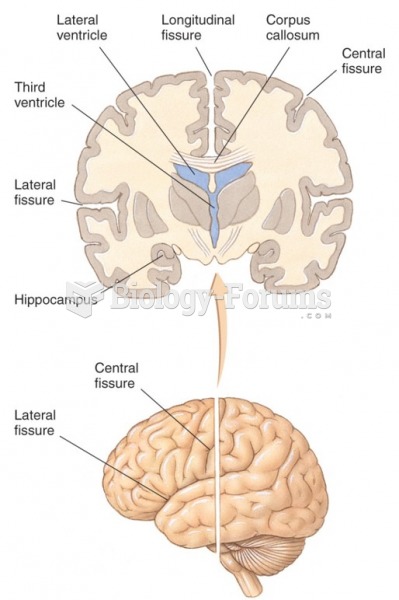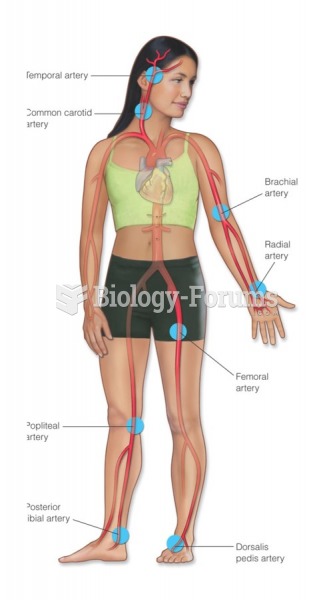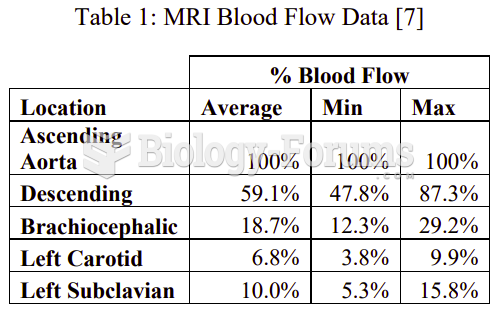Answer to Question 1
From the moment of conception, proteins form the building blocks of muscles, blood, and skinin fact, protein is the major structural component of all the body's cells. To build a bone or a tooth, for example, cells first lay down a matrix of the protein collagen and then fill it with crystals of calcium, phosphorus, magnesium, fluoride, and other minerals.
Some proteins act as enzymes. Enzymes not only break down substances, but they also build substances (such as bone) and transform one substance into another (amino acids into glucose, for example). Breaking down reactions are catabolic, whereas building up reactions are anabolic.
The body's many hormones are messenger molecules, and some hormones are proteins. Various endocrine glands in the body release hormones in response to changes that challenge the body. The blood carries the hormones from these glands to their target tissues, where they elicit the appropriate responses to restore and maintain normal conditions.
Proteins help to maintain the body's fluid balance. Normally, proteins are found primarily within the cells and in the plasma (essentially blood without its red blood cells). Being large, proteins do not normally cross the walls of the blood vessels. During times of critical illness or protein malnutrition, however, plasma proteins leak out of the blood vessels into the spaces between the cells. Because proteins attract water, fluid accumulates and causes swelling.
Proteins also help to maintain the balance between acids and bases within the body fluids. Normal body processes continuously produce acids and bases, which the blood carries to the kidneys and lungs for excretion. The challenge is to maintain acid-base balance as conditions continually change.
Some proteins move about in the body fluids, carrying nutrients and other molecules. The protein hemoglobin carries oxygen from the lungs to the cells. The lipoproteins transport lipids around the body. Special transport proteins carry vitamins and minerals.
Proteins also defend the body against disease. A viruswhether it is one that causes flu, smallpox, measles, or the common coldenters the cells and multiplies there. One virus may produce 100 replicas of itself within an hour or so. Each replica can then burst out and invade 100 different cells, soon yielding 10,000 viruses, which invade 10,000 cells. Left free to do their worst, they will soon overwhelm the body with disease. Fortunately, when the body detects these invading antigens, it manufactures antibodies, giant protein molecules designed specifically to combat them. The antibodies work so swiftly and efficiently that in a healthy individual, most diseases never get started. Without sufficient protein, though, the body cannot maintain its army of antibodies to resist infectious diseases.
Without energy, cells die; without glucose, the brain and nervous system falter. Even though proteins are needed to do the work that only they can perform, they will be sacrificed to provide energy and glucose during times of starvation or insufficient carbohydrate intake. The body will break down its tissue proteins to make amino acids available for energy or glucose production (a process known as gluconeogenesis). In this way, protein can maintain blood glucose levels, but at the expense of losing lean body tissue.
As mentioned earlier, proteins form integral parts of most body structures such as skin, muscles, and bones. They also participate in some of the body's most amazing activities such as blood clotting and vision. When a tissue is injured, a rapid chain of events leads to the production of fibrin, a stringy, insoluble mass of protein fibers that forms a solid clot from liquid blood. Later, more slowly, the protein collagen forms a scar to replace the clot and permanently heal the wound. The light-sensitive pigments in the cells of the eye's retina are molecules of the protein opsin. Opsin responds to light by changing its shape, thus initiating the nerve impulses that convey the sense of sight to the brain. The amino acids are as versatile as the proteins. In addition to serving as building blocks for proteins in the body, amino acids have multiple roles in regulating pathways that support growth, reproduction, metabolism, and immunity.
Answer to Question 2
The major event in the stomach is the partial breakdown (hydrolysis) of proteins. Hydrochloric acid uncoils (denatures) each protein's tangled strands so that digestive enzymes can attack the peptide bonds. The hydrochloric acid also converts the inactive form of the enzyme pepsinogen to its active form, pepsin. Pepsin cleaves proteinslarge polypeptidesinto smaller polypeptides and some amino acids.
When polypeptides enter the small intestine, several pancreatic and intestinal proteases hydrolyze them further into short peptide chains, tripeptides, dipeptides, and amino acids. Then peptidase enzymes on the membrane surfaces of the intestinal cells split most of the dipeptides and tripeptides into single amino acids. Only a few peptides escape digestion and enter the blood intact.
A number of specific carriers transport amino acids (and some dipeptides and tripeptides) into the intestinal cells. Once inside the intestinal cells, amino acids may be used for energy or to synthesize needed compounds. Amino acids that are not used by the intestinal cells are transported across the cell membrane into the surrounding fluid where they enter the capillaries on their way to the liver.


